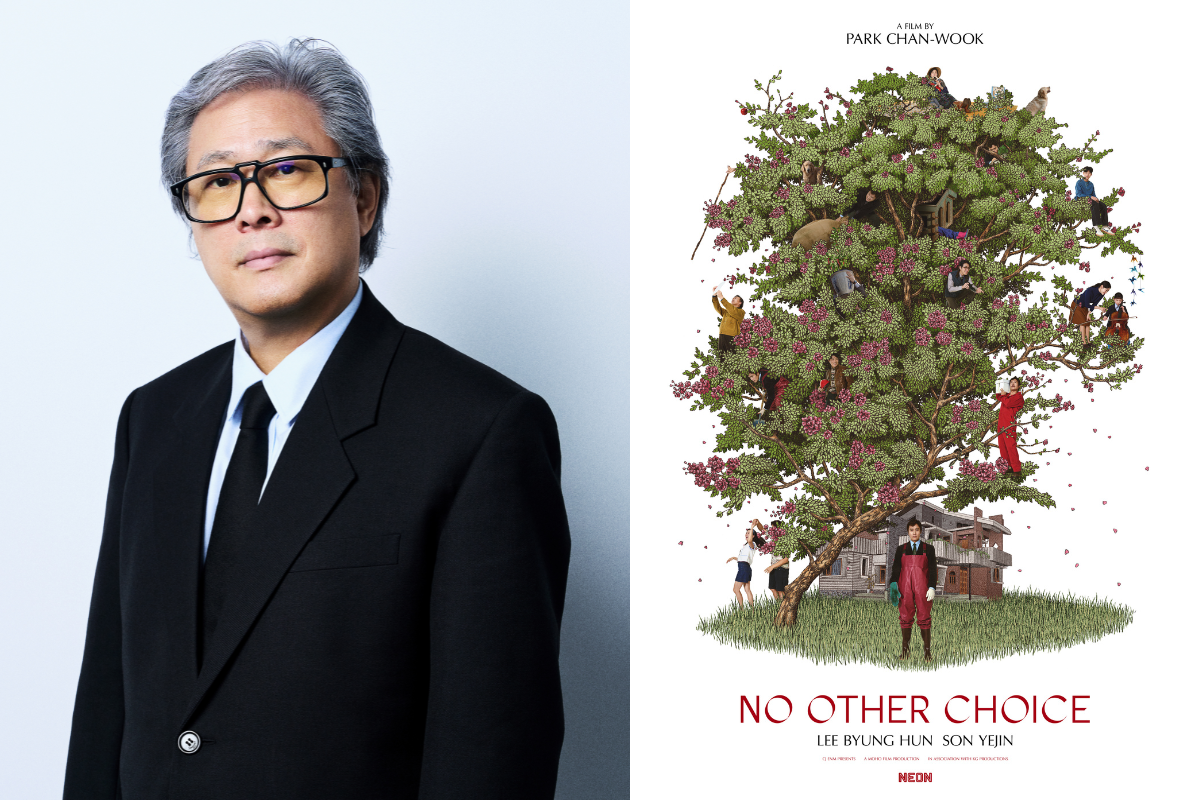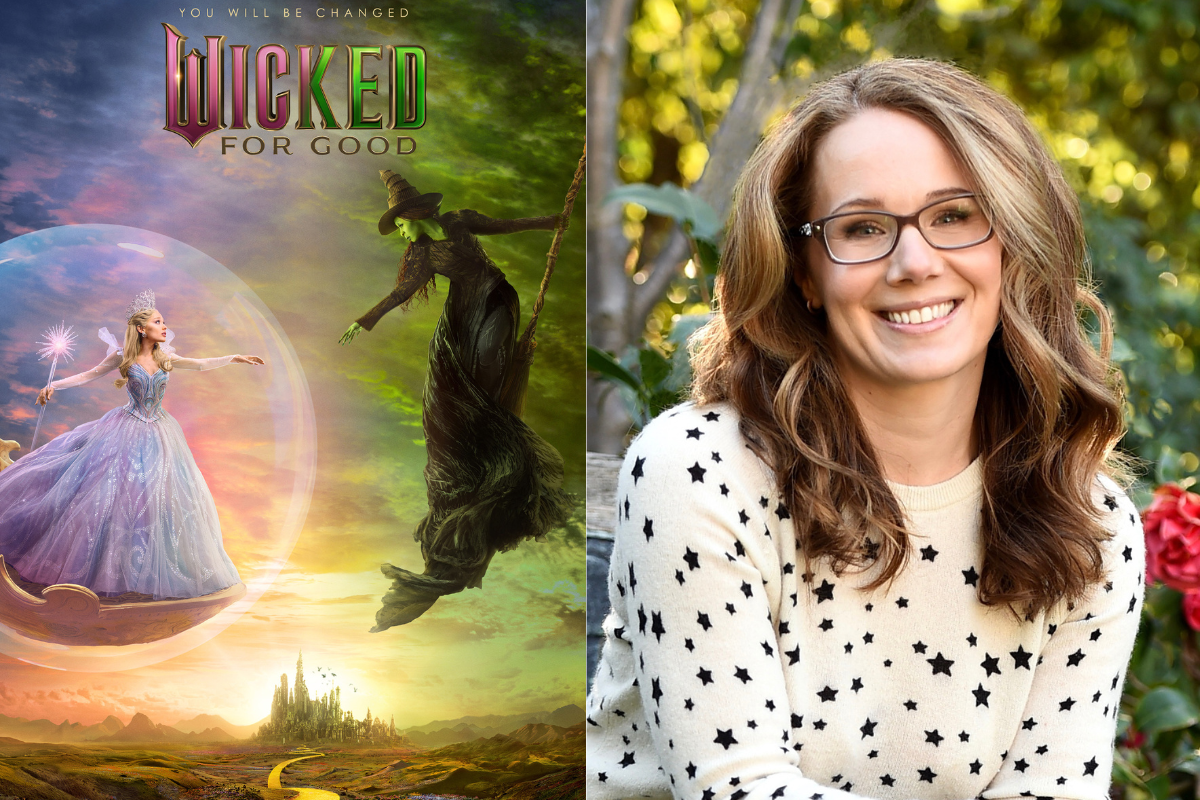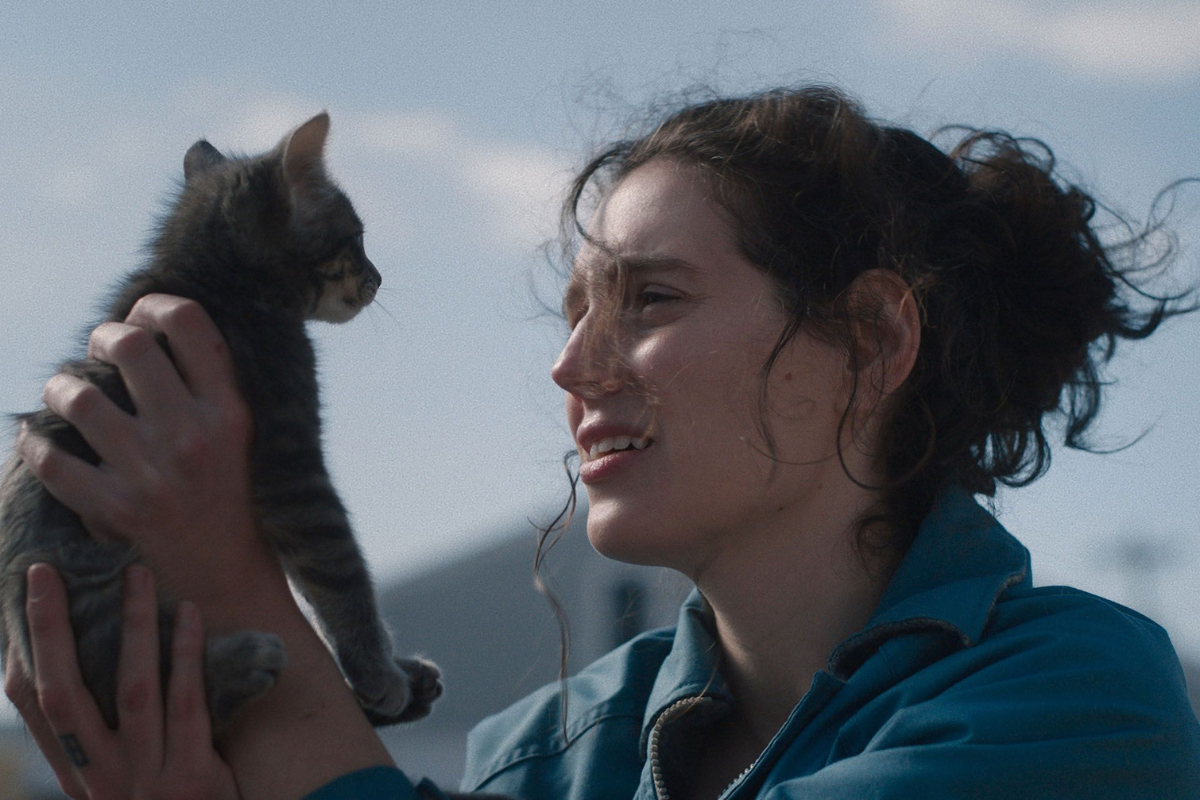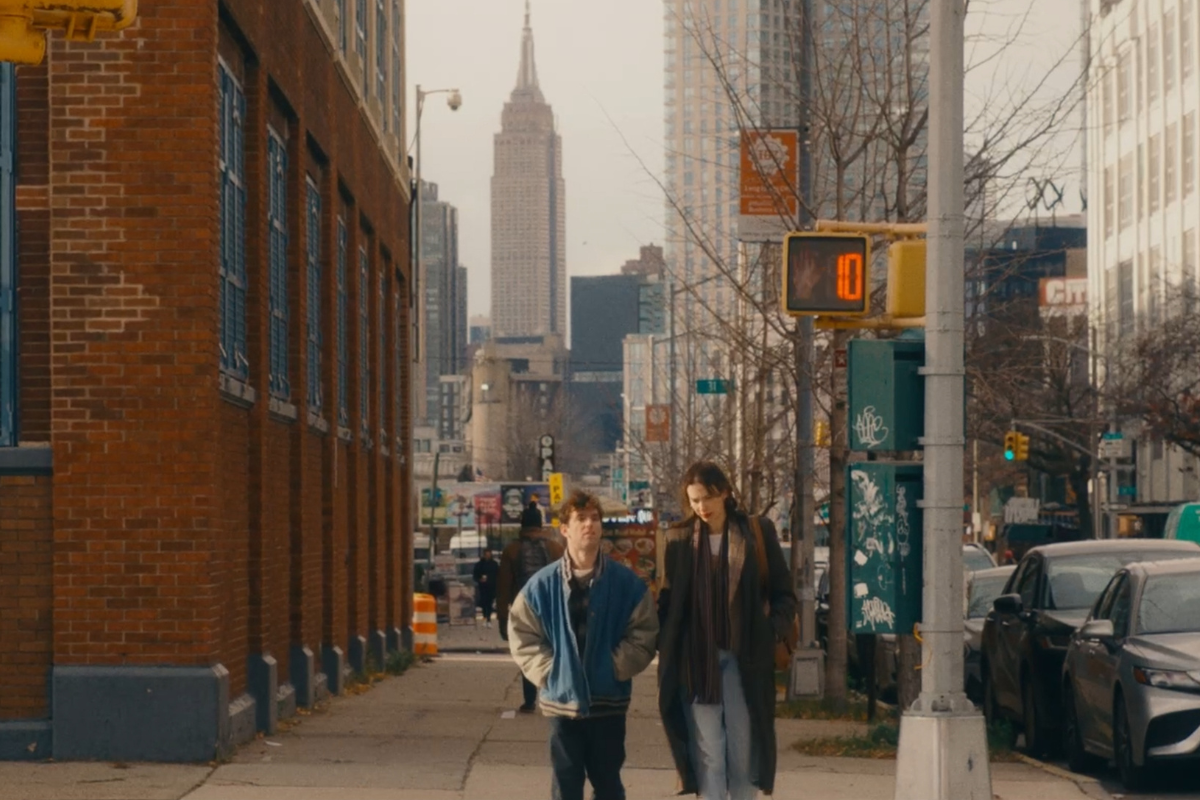INDIE SPOTLIGHT: Interview with ‘Boiling Point’ Director and Co-Writer Philip Barantini
‘Boiling Point’ Director and Co-Writer Philip Barantini speaks with Script’d Editor Sadie Dean about his previous career as both an actor and head chef, how his short film served as a proof of concept for the feature and he pulls back the curtain on how he pulled off one continuous camera shot.
On the busiest night of the year at one of the hottest restaurants in London, charismatic, commanding head chef Andy Jones (Stephen Graham) balances along a knife’s edge as multiple personal and professional crises threaten to destroy everything he’s worked for. A surprise visit from a health and safety inspector sets the staff on edge as the overbooked hotspot begins to fill with guests. Jones alternately berates and cajoles his diverse staff, trying his best to diffuse tensions between management and his crew, while catering to the ridiculous demands of customers.
From the opening shot to the film's masterfully placed bookend, Boiling Point director and co-writer Philip Barantini keeps his eye on a medley of characters navigating a bustling restaurant overseen by their overwhelmed head chef Andy Jones, brilliantly played by Stephen Graham. Oh, and it's all done in one take. Movie magic is afoot.
I had the absolute pleasure of speaking with Philip about his previous career as both an actor and head chef, how his short film served as a proof of concept for the feature and he pulls back the curtain on how he pulled off one continuous camera shot.
This interview has been edited for content and clarity.
Sadie Dean: How did this idea come to be with your co-writer, James Cummings?
Philip Barantini: Going way back, I was an actor for 25 years and during that time, I needed to make some money because I wasn't as successful as I'd like to have been. So, I started working in kitchens, started from the bottom, and worked my way up to the top and in 10 years I became a head chef and I was the head chef for two years in various places in London. And during that time I always wanted to sort of step behind the camera and direct and write, but I never really had the confidence to do it. Up until five years ago, when my mum sadly passed away quite suddenly and it just gave me that confidence boost to sort of go like, life's too short. Let's go and do this.
A lot of ups and downs in that world over those 12 years. And I've always thought that is ripe for a drama. So, I spoke to James who was a friend of mine and we came up with this idea to do a short film. We wrote the short and that was 20 minutes long and we got Stephen Graham on board. And it was like a proof of concept really, it did incredibly well in the festival circuit. So it was like, OK, people like it, they were getting what we were trying to get across. So we always had an idea to do it as a feature. And we just said, let's just jump in and do it, and obviously a bunch of anecdotes and lots of things that I’ve experienced and witnessed. So we just started there really. It was an exciting time.
Sadie: That’s interesting that you're so closely connected to that material and that world. It seems kind of fitting for you to be a head chef and then move into directing. When you two were writing this, especially for the feature version, was the short film also a single continuous shot as well?
Philip: Yeah, it was tricky, one shot.
Sadie: How are you mapping that out as a director? It's just so masterful with taking what you wrote on the page and bringing it to life.
Philip: That means the world honestly. In the case of writing it, we couldn't write scenes so we just wrote it in beats and moments. And we would write real extensive stage directions and a lot of that was from the camera's point of view as well. And then, when we were writing dialogue, we didn't write any specific dialogue. Initially, we just wrote bullet points as to what was needed to be said by the actors and what they need to get across at that moment. But then when it came to rehearsals we really dove into the specific dialogue and I wanted that to come directly from the actors. I was workshopping with the actors and then James would be next to me with his laptop, tapping away and writing all the dialogue. Once we got the dialogue we sent the script out to everybody at the same time. I said to the actors, ‘I don't want you to be tied down to the specific words’ because then it doesn't feel as natural because you're trying to recreate what you've already done, which is spontaneous. Certainly, we have to get across everything that was in the script. When we rehearsed it, I had already rehearsed for three weeks prior to bringing in the actors with the camera. Matt Lewis, who's our cinematographer and was also the camera operator, him and I went to the restaurant, and we just walked it through over and over and over again. We’d start at the beginning, and we do beat one, which is point one, Stephen walks into the restaurant and then he goes to get changed and then we follow the environmental health officer in the back kitchen. That was a big one. So, we did we do that move, and I would play all the characters for the camera. And then we just built it in layers like that until we got to the end and then we sort of went back and tweaked it. It was really important to get those camera moves in before we got the actors in, so that we knew where we were going to be using the camera.
Sadie: You definitely get the sense of the rhythm in the kitchen through those movements and your actors. Did you have them go to actual bustling restaurants and to immerse themselves in that world?
Philip: Yeah, we did. And you know what? You would think that most actors would have worked as a waiter or waitress. All the actors had never worked in a restaurant. [laughs] In the actual restaurant that we filmed, it’s a working restaurant, so we shut it down for three weeks. During the weekend, it was still open, so I would get the actors to go in and be a shadow to various departments that they will be playing. And then with the chefs, we sent them to another restaurant just a couple of blocks down the road which is like a one Michelin star restaurant. And we didn't have a lot of time to turn the actors into actual chefs, so we did the next best thing which is to show them how chefs move in a certain way and how chefs talk in a certain way. Like the way that they pick things up with their hands or maneuver things or chop so we needed to get them to look like they knew what they were doing.
Sadie: And there's so much going on in terms of character from all of the waitstaff and the chefs and especially Andy. We're seeing them go through these highs and lows in real-time. I have to applaud you guys for keeping your eye on the prize with Andy through who film because you could easily get lost with all the other things happening simultaneously in the story.
Philip: With the short film we obviously made it 20 minutes long and the only sort of rule that we gave ourselves and the camera was that it never leaves Andy. But with the feature, I wanted to show that it would be virtually impossible to follow just Andy for an hour and a half because a lot of the time he's in the kitchen and I also wanted to sort of dive into the little pockets of people's lives in a minute or 30 seconds. It was important that we maintain the ups and downs and that we didn’t just follow Andy.
Sadie: Watching customers interact with the kitchen staff, just shows you how terrible people can be as customers. It should be a requirement that we all work in the service industry. [laughs]
Philip: [laughs] Yeah when of the things when we went into this was hopefully people will get it, for those people that have worked in the restaurant industry and if you haven't worked in the restaurant industry, you’ve most certainly eaten in a restaurant, so you'll see it from the other side. And hopefully maybe go, ‘Oh, maybe I'll be a bit nicer to the chef next time.’
Sadie: There’s a lot of great movie magic happening behind the scenes, from your DPs camera work, hair and makeup, your art direction, props – it’s like a dance. How were you as a director making all these elements move?
Philip: My work was all in the rehearsals because soon as we called action on the take, I can't be there. I was literally behind the false wall, looking in the monitor so I couldn't just call, “Cut!” as you would normally. So, we have to really meticulously plan all of those little moments. Like you’ve brought up the makeup team. For example, at one point at the allergy table, she has gone to the toilet, she’s actually at the toilet getting swollen face makeup on and she comes back. And then when we're outside with her when she's waiting for the ambulance, there's a moment where Andrea the waitress comes in to look for the jacket and actually the makeup team they were hidden behind a wall outside. They would run back in and add more makeup and run back out again. It was just so completely crazy. [laughs]
Sadie: That's insane, it's flawless. What an incredible hair and makeup team. Taking a step back, tell us about your filmmaking journey. What initially sparked your interest to become a filmmaker after working as a chef for so long?
Philip: Well, I was an actor for 25 years but when I was maybe 13, I went to this tiny studio in Manchester actually where they filmed a soap. I just saw how it all works behind the scenes and I was just like, ‘Wow, this is just magical.’ It just sparked something in me and in that moment I knew I wanted to do something. I used to make little movies with my cousin, we had a video camera and I would always be the one holding the camera and would play the cop or whatever. So, from a young age, I was making movies, but then as I grew older and got into my 20s and 30s it was like, I don't know, I think I was less confident because, I was working with some fantastic directors and as an actor, you sort of put directors on a pedestal - they’re like super educated and they went to film school and they know everything and I don't really know anything. Then when you sort of sit back and go, ‘Actually, I do know a lot,’ because I’ve worked on different film sets for most of my adult life as an actor. I was always the guy who if I had one scene in the day, I would just hang out, obviously pre COVID and I would just go to the director and just shadow them, watch and ask questions. I was probably really annoying actually. [laughs] But yeah, so I've always been interested in it and it's just for me was just about that. Having that confidence in myself. As soon as I made my first short film, I was like, ‘OK, this feels good. I feel confident.’ It’s been an amazing journey so far, a short journey, but an amazing one.
Boiling Point is available in Theaters November 19, 2021 and on Digital and On Demand November 23, 2021.
Learn more about the craft and business of screenwriting from our Script University courses!
Sadie Dean is the Editor of Script Magazine and writes the screenwriting column, Take Two, for Writer’s Digest print magazine. She is also the co-host of the Reckless Creatives podcast. Sadie is a writer and filmmaker based in Los Angeles, and received her Master of Fine Arts in Screenwriting from The American Film Institute. She has been serving the screenwriting community for nearly a decade by providing resources, contests, consulting, events, and education for writers across the globe. Sadie is an accomplished writer herself, in which she has been optioned, written on spec, and has had her work produced. Additionally, she was a 2nd rounder in the Sundance Screenwriting Lab and has been nominated for The Humanitas Prize for a TV spec with her writing partner. Sadie has also served as a Script Supervisor on projects for WB, TBS and AwesomenessTV, as well as many independent productions. She has also produced music videos, short films and a feature documentary. Sadie is also a proud member of Women in Film.
Follow Sadie and her musings on Twitter @SadieKDean







